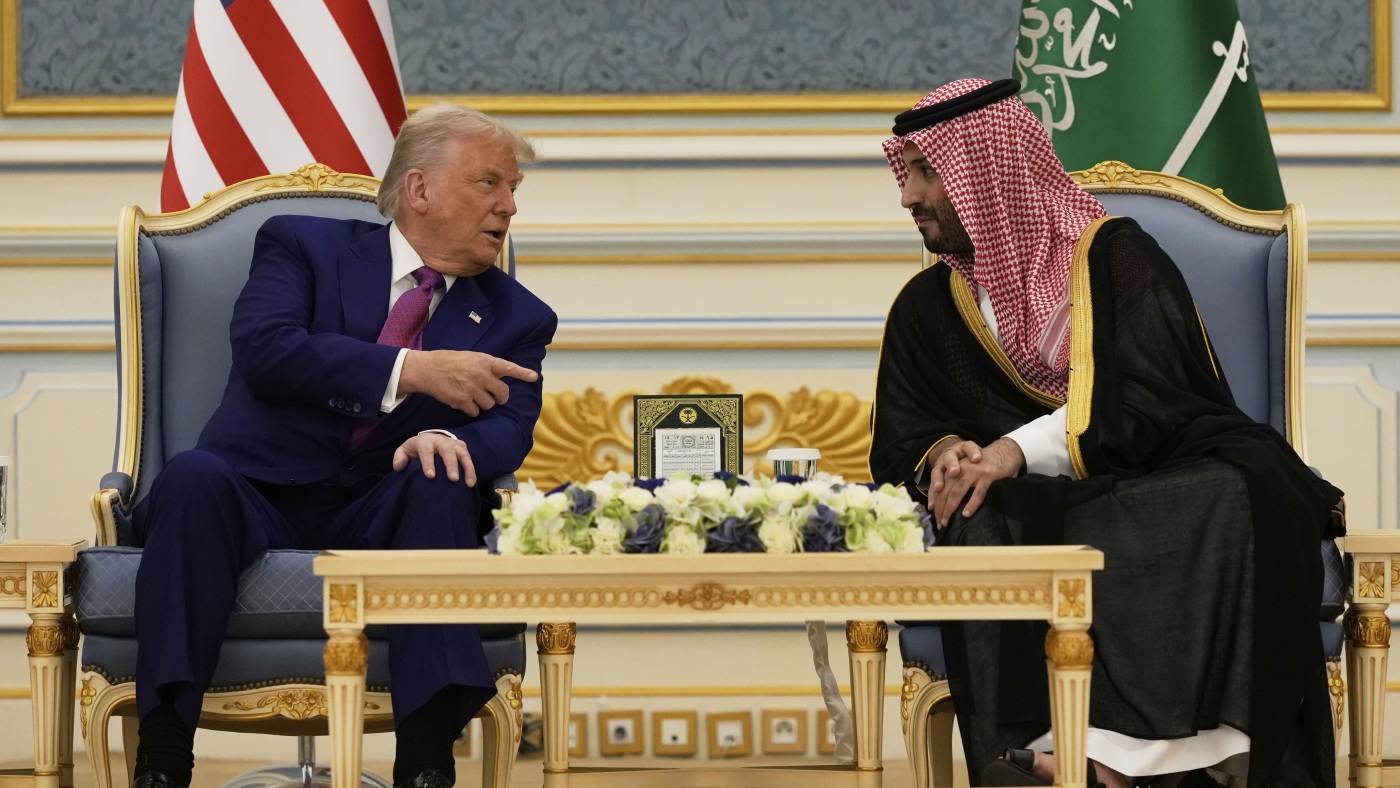The Strategic and Economic Dimensions of Trump’s Gulf Visit
President Trump’s visit to Saudi Arabia, Qatar, and the UAE was a strategic move with significant economic and diplomatic undertones. This visit was not just a routine diplomatic tour; it was a calculated effort to secure substantial investments and trade agreements, reflecting a new era of economic diplomacy.
The Economic Imperative
A Billion-Dollar Agenda
At the heart of Trump’s Gulf tour was a clear focus on economic deals. The administration aimed to secure a reported $1 trillion in deals, a staggering figure that underscores the scale of the economic diplomacy at play. This agenda included a mix of defense sales, investments in American technology companies, and even potential ventures into sports franchises. The high-profile meetings and the extensive delegation of top U.S. CEOs and cabinet members accompanying Trump highlighted the seriousness of this economic mission.
The Saudi Investment Pledge
Saudi Arabia, a key ally, played a pivotal role in this economic strategy. The kingdom pledged at least $600 billion in U.S. investments over the next four years, with a significant portion earmarked for defense sales and technology. This investment is part of a broader strategy to deepen economic ties, leveraging Saudi Arabia’s vast wealth and regional influence. The Saudi government’s commitment is a testament to the mutual economic benefits and the strategic alignment between the two nations.
Diplomatic and Strategic Ramifications
A Transactional Approach
While economic deals were the primary focus, the trip also carried significant diplomatic and strategic implications. Trump’s transactional approach to diplomacy, where economic gains often take precedence over traditional diplomatic considerations, was evident throughout the visit. The high-stakes negotiations and the lavish reception Trump received in Saudi Arabia, including a multimillion-dollar gala, underscored this approach. The visit marked a strategic reset in U.S.-Saudi relations, reaffirming mutual trust and strategic alignment.
Navigating Regional Uncertainties
The trip to Saudi Arabia was just the beginning of Trump’s Gulf tour, which also included visits to Qatar and the UAE. These countries, among the world’s richest, have significant influence over global finance and energy markets. Trump’s visit was expected to yield substantial investment and trade deals, further solidifying economic ties between the U.S. and the Gulf region. The trip also came at a time of regional uncertainties, with ongoing conflicts and geopolitical tensions in the Middle East, adding layers of complexity to the diplomatic engagements.
The Intersection of Business and Diplomacy
Business Interests and Diplomatic Engagements
Trump’s visit highlighted the intersection of business and diplomacy in the Gulf region. The Trump Organization’s business interests, including real estate projects and potential investments, added a layer of complexity to the diplomatic engagements. This intersection was evident in the high-profile meetings and the extensive delegation of U.S. business leaders accompanying Trump. The trip underscored the importance of economic diplomacy in shaping U.S. foreign policy in the region, where business interests and diplomatic goals often converge.
The Role of Economic Diplomacy
Economic diplomacy played a crucial role in Trump’s Gulf tour. The focus on securing significant investments and trade deals reflected a broader strategy to leverage economic ties for diplomatic gains. This approach is not without its challenges, as it requires balancing economic interests with diplomatic considerations. However, the potential benefits, including strengthened economic ties and enhanced strategic alignment, make it a compelling strategy.
The Road Ahead
Continued Focus on Economic Deals
As Trump continued his Gulf tour, the focus on economic deals and investments remained a central theme. The trip was expected to yield significant economic gains for the U.S., further strengthening the economic ties between the U.S. and the Gulf region. However, the trip also carried diplomatic and strategic implications, reflecting Trump’s transactional approach to diplomacy and the broader geopolitical dynamics in the Middle East.
A New Era of Economic Diplomacy
Prioritizing Economic Gains
Trump’s Gulf tour marked a new era of economic diplomacy, where economic gains are prioritized over traditional diplomatic considerations. This shift underscores the importance of economic diplomacy in shaping U.S. foreign policy in the region. The trip highlighted the potential for significant investments and trade deals to yield substantial economic gains for the U.S. As Trump continued his tour, the focus on economic deals and investments remained a central theme, reflecting the broader geopolitical dynamics in the Middle East and the strategic importance of the Gulf region. This new era of economic diplomacy is likely to shape future engagements, emphasizing the mutual economic benefits and strategic alignment between the U.S. and the Gulf nations. The legacy of this tour will be measured not just in dollars and deals, but in the enduring economic and diplomatic ties it fosters.








